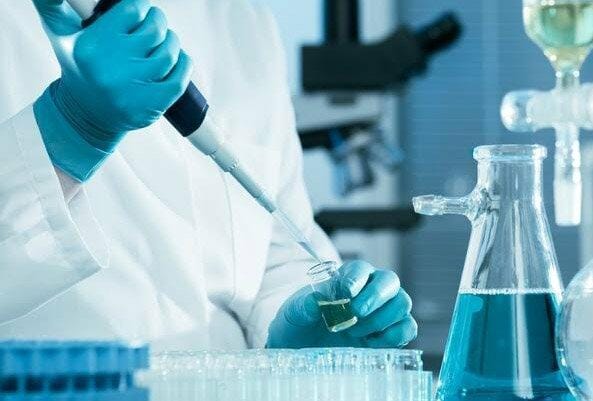Bringing WFH to Every Wet-Lab

The coronavirus global health crisis has driven companies to look for creative ways to get work done. While IT companies had little trouble resorting to zoom, slack and other collaboration tools, there is very little we as wet lab researchers could do, other than re-apply for grants and keep polishing our research papers.
However, researchers at University of Liverpool were doing something radical, developing a robot that can be taught to use our existing laboratories. Unlike Transcriptic and other companies that are designing laboratories ground up for automation, the scientists in this case created a mobile robot with the mobility of a human researcher. This removes the need for replacing the entire lab infrastructure and instead makes do with the current laboratory setup most universities and companies are equipped with.
Application in COVID-19 Testing Laboratories
Diagnostic laboratory personnel around the world have been putting in 18 plus hours a day to complete the huge set of blood samples for COVID-19. Lab automation tech that works with existing infrastructure is immediately required to cut back human labor and remove chances of any errors related to stress and lack of sleep.
The researchers used a Kuka robot arm and have open sourced the code that they used to automate the same. The costs of the arm is comparative to other high value lab equipments and could become an essential lab equipment very soon. ABB has been promoting its industrial robot arms for use in medical and research fields, albeit without the mobility that the team at Liverpool has accomplished.
Scientists carried out 688 experiments in a span of 8 days. Experimental complexity scales exponentially with the number of variables involved. This restricts most searches to narrow areas of materials space and limited hours. A robot can work round the clock without any signs of repetition stress or smoke breaks.
The three-dimensional designs for labware developed in the project, are available at https://bitbucket.org/ben_burger/kuka_workflow. The code for the robot at and the Bayesian optimizer is available at https://github.com/Taurnist/kuka_workflow_tantalus and https://github.com/CooperComputationalCaucus/kuka_optimizer.
Read more about the process and the research on Nature.
